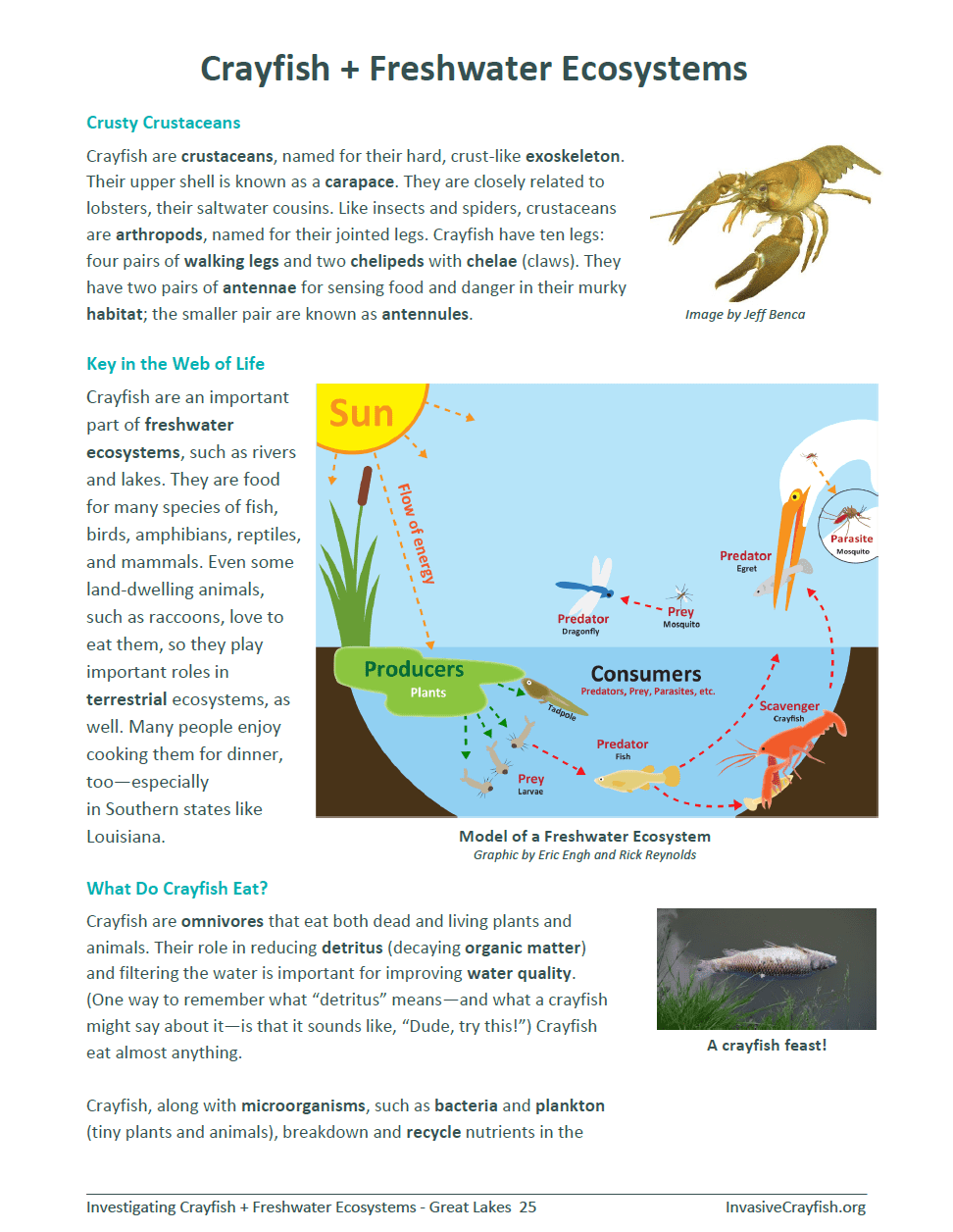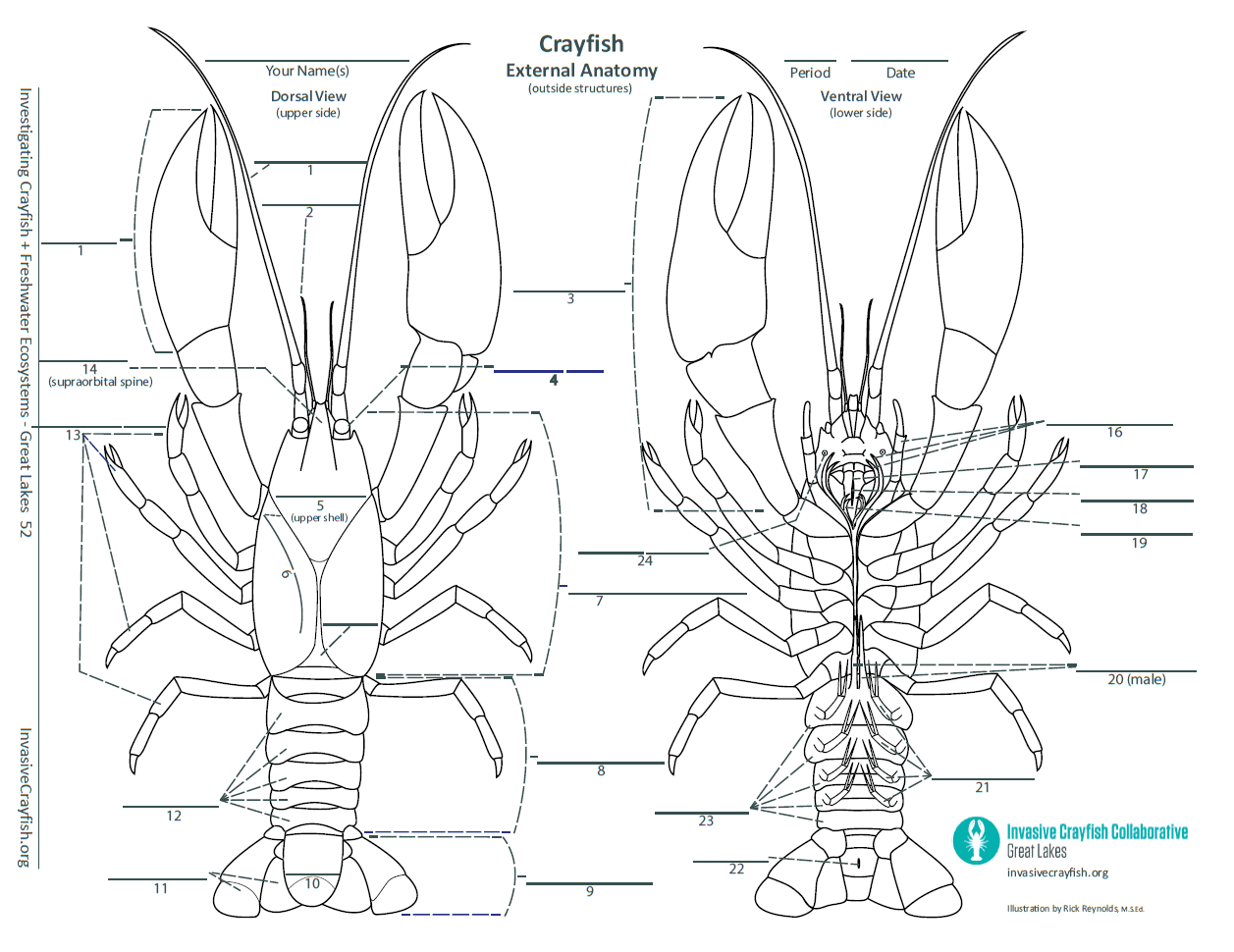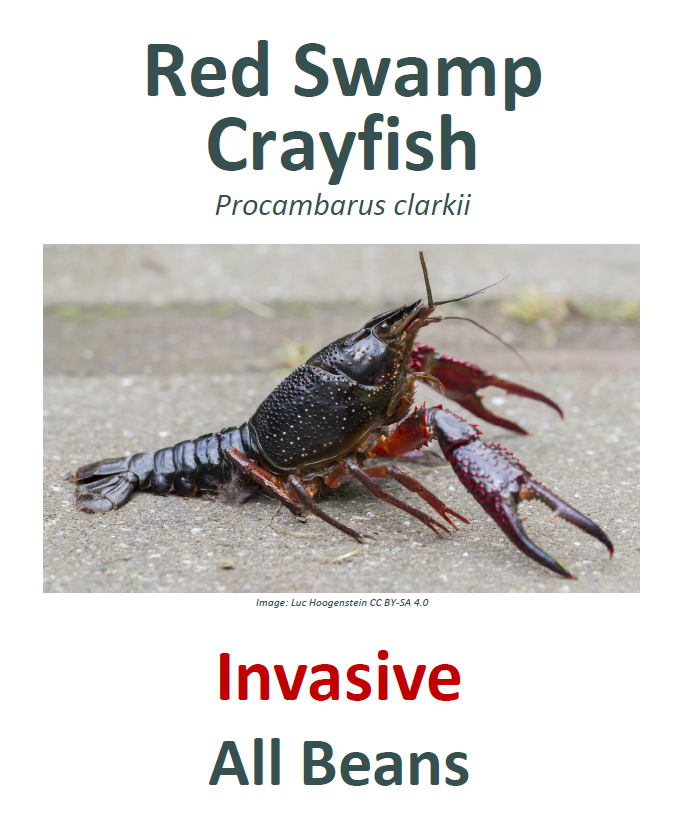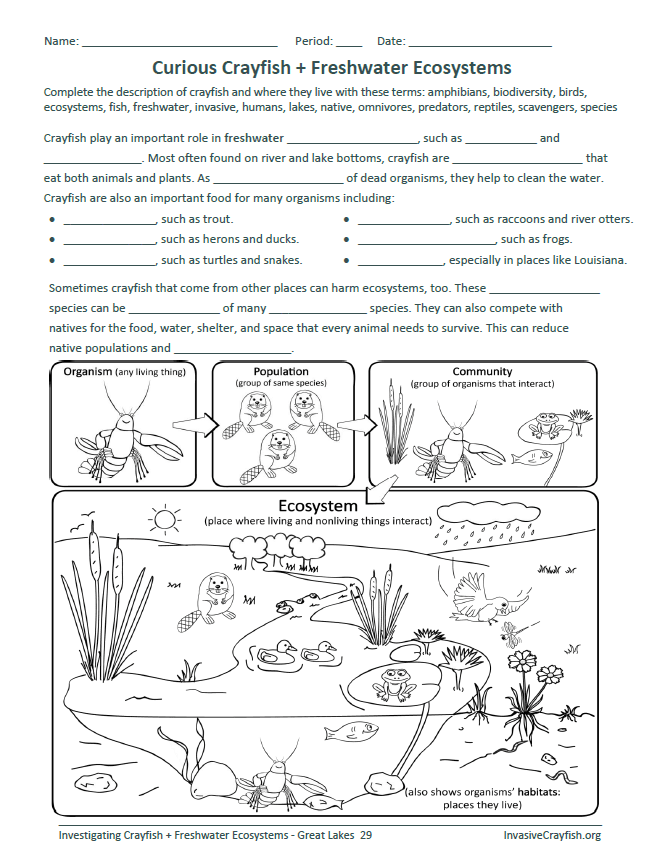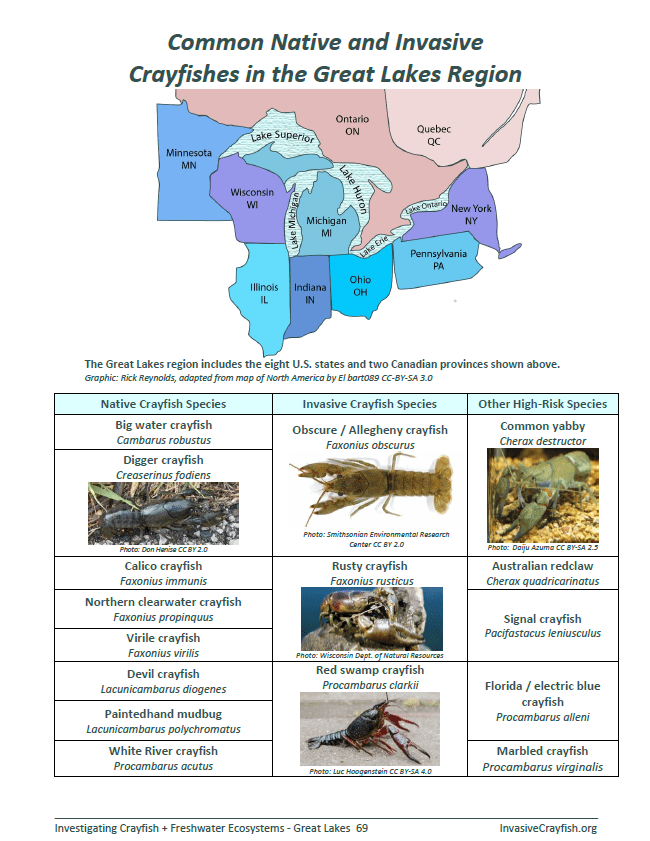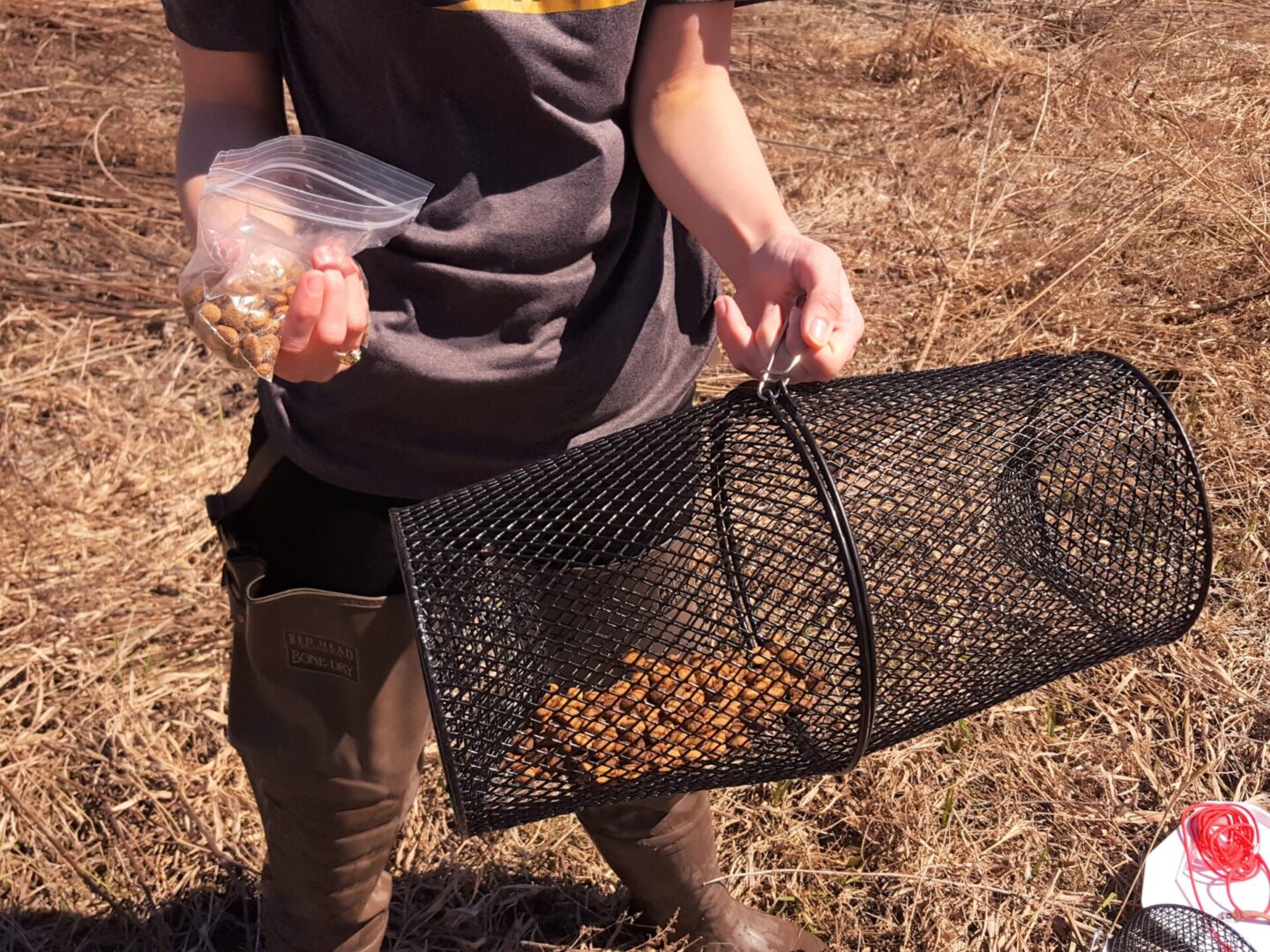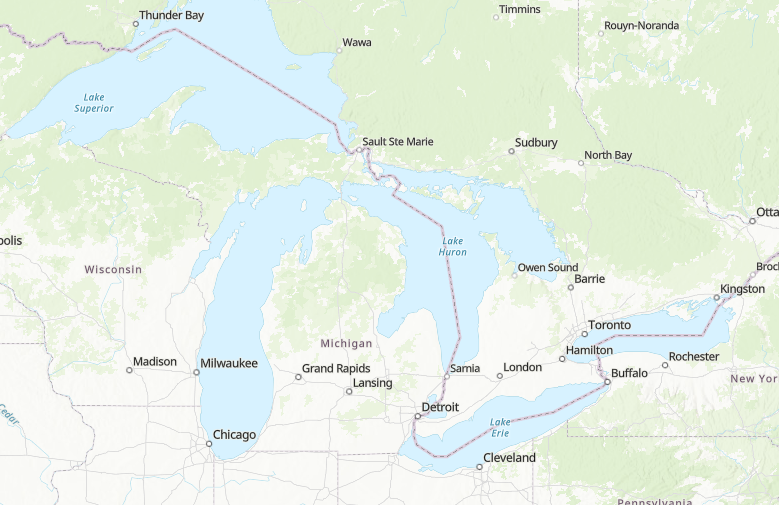The Crayfish Curriculum: Investigating Crayfish and Freshwater Ecosystems
The use of live crayfish in classrooms has been identified as a pathway for the introduction of invasive crayfish into our local waterways. To address this issue, the Investigating Crayfish and Freshwater Ecosystems curriculum was developed to teach students about Great Lakes ecosystems, the significance of native crayfish, and the ecological threats posed by invasive crayfish. It contains nine engaging lesson plans aligned to Next Generation Science Standards, Common Core State Standards, and Center for Great Lakes Literacy Principles. The curriculum is best suited for students in grades 6–12 but offers numerous adaptations/extensions to meet the divergent needs of students in grades 2–5. Investigating Crayfish and Freshwater Ecosystems was developed by Engaging Every Student and Illinois-Indiana Sea Grant.
Have you used this curriculum or are interested in trying it out? Let us know through our Contact Form!
Download the Curriculum and Accompanying Files
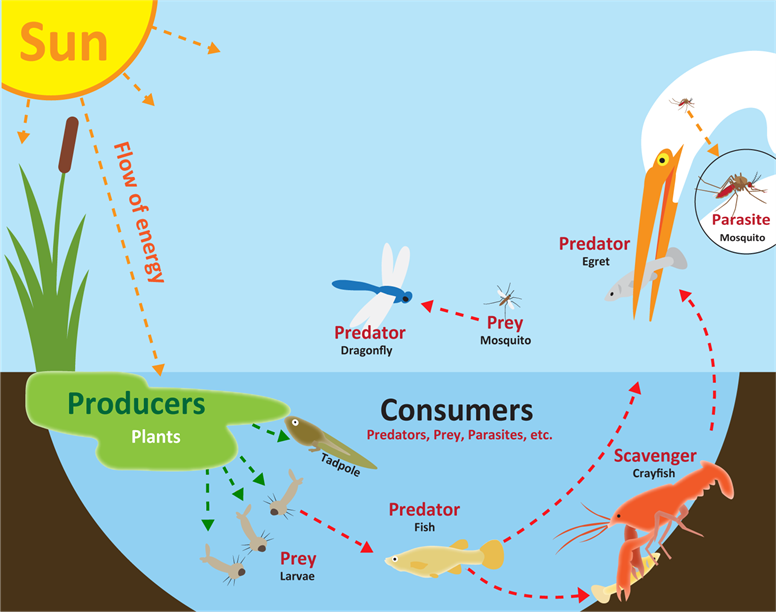
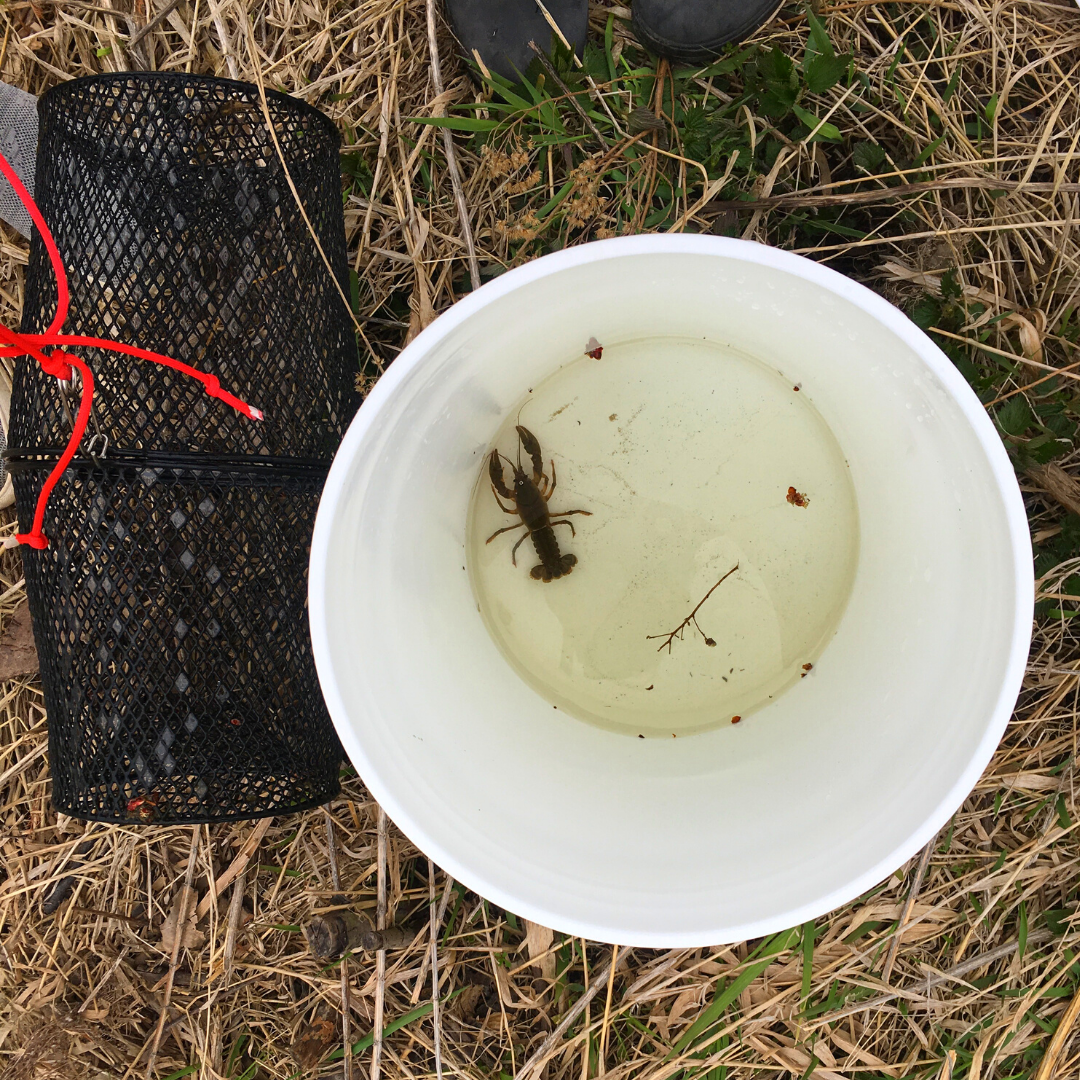
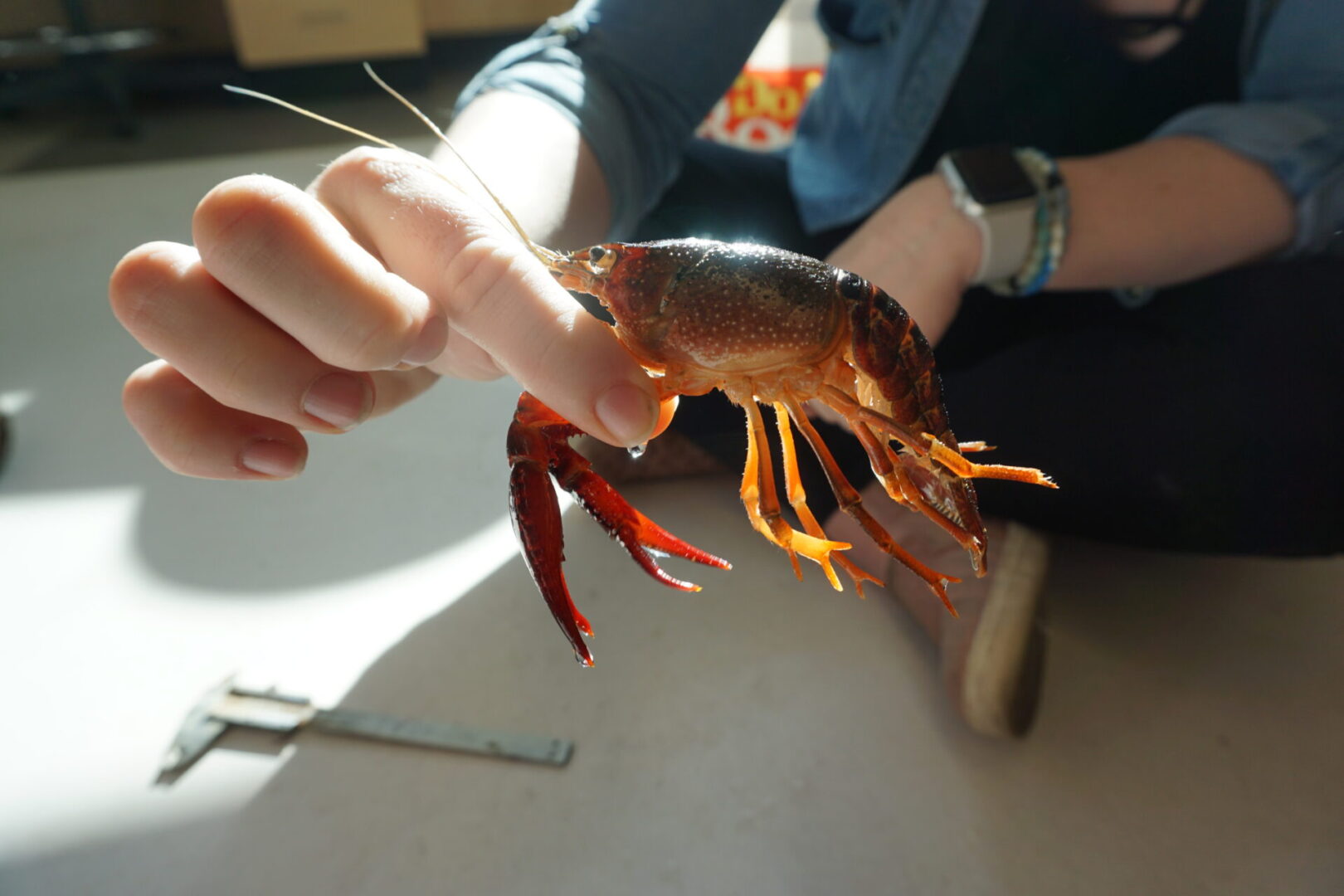
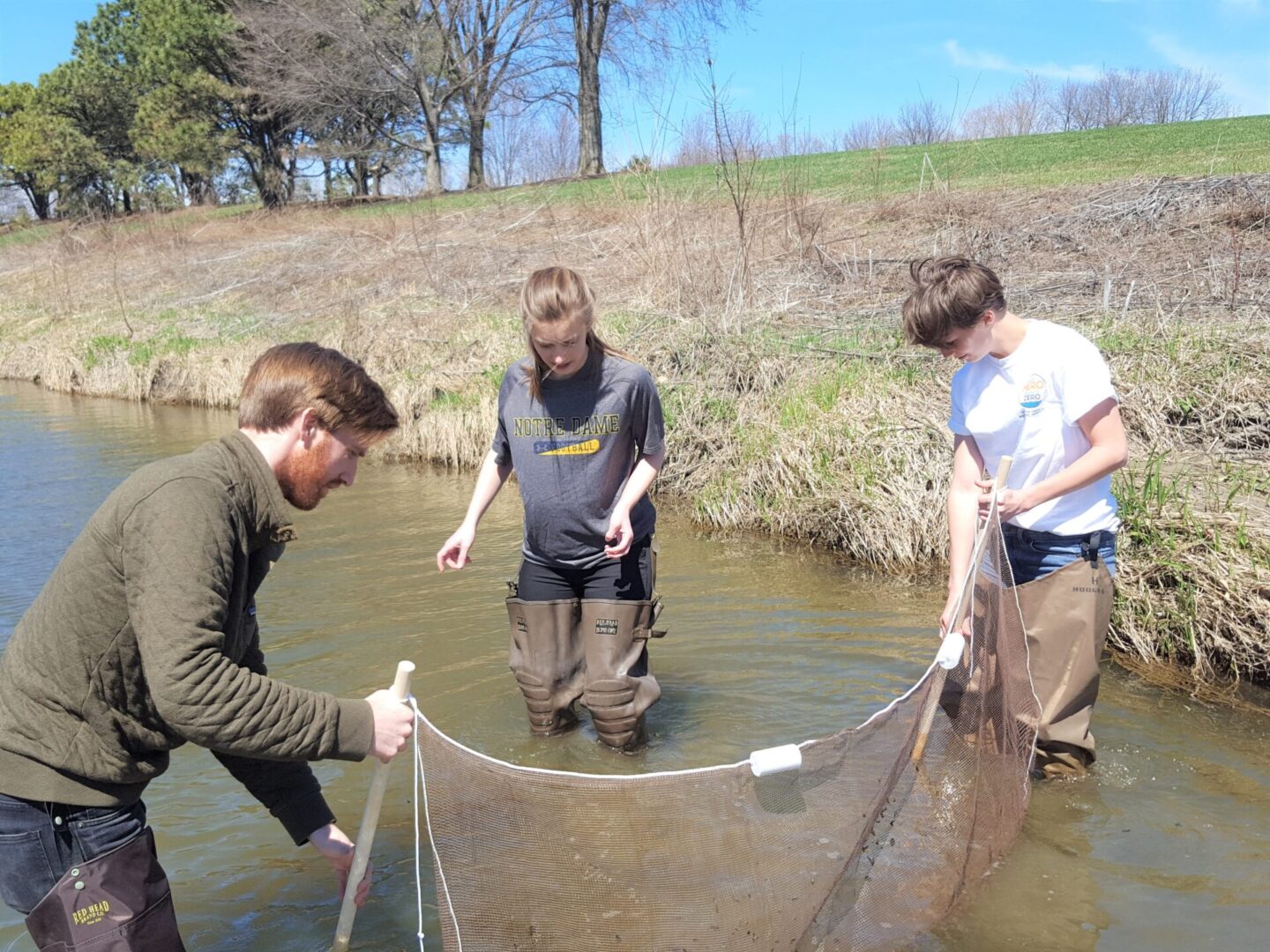
The Lessons
These lesson plans are designed to help educators across the Great Lakes region engage students in thinking critically about crayfish and their freshwater ecosystems. The curriculum will prepare you and your students to participate in the Invasive Crayfish Collaborative's crayfish study–this participatory science program is aimed at preventing the spread of invasive crayfish by collecting data on crayfish presence to help managers understand their distribution across the Great Lakes region. Through this activity, your students will learn how to sample and identify crayfish, as well as record and report crayfish data.
Keep scrolling to explore some of our lesson plans!

